


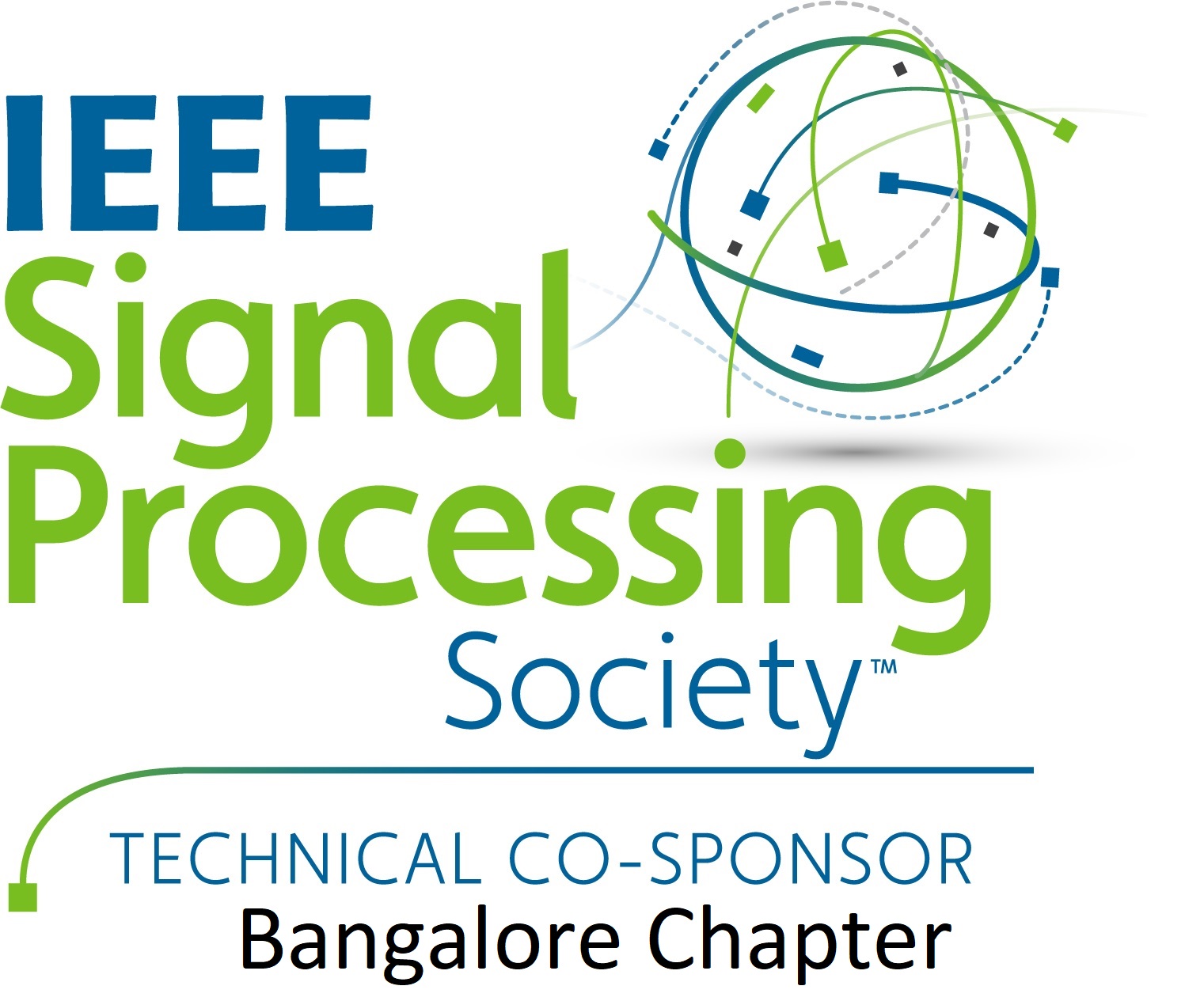





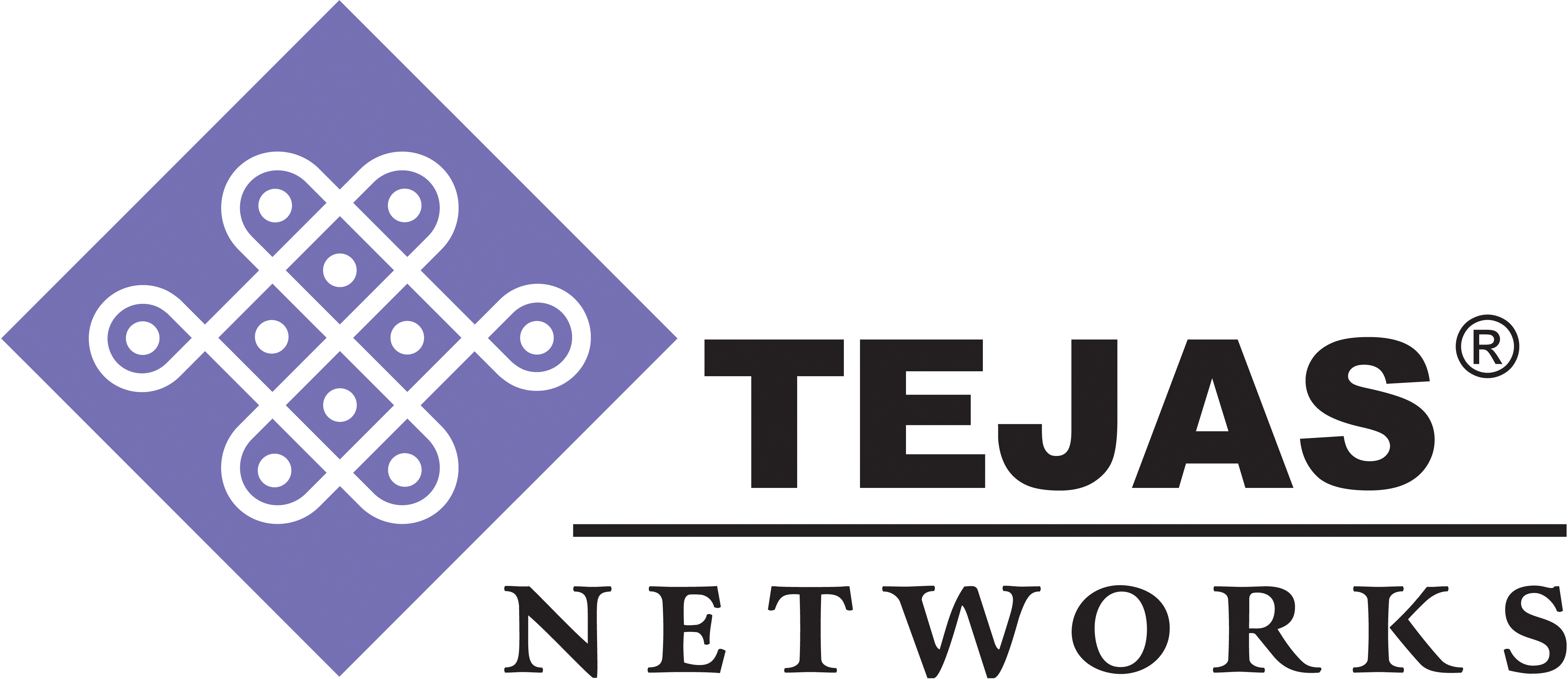


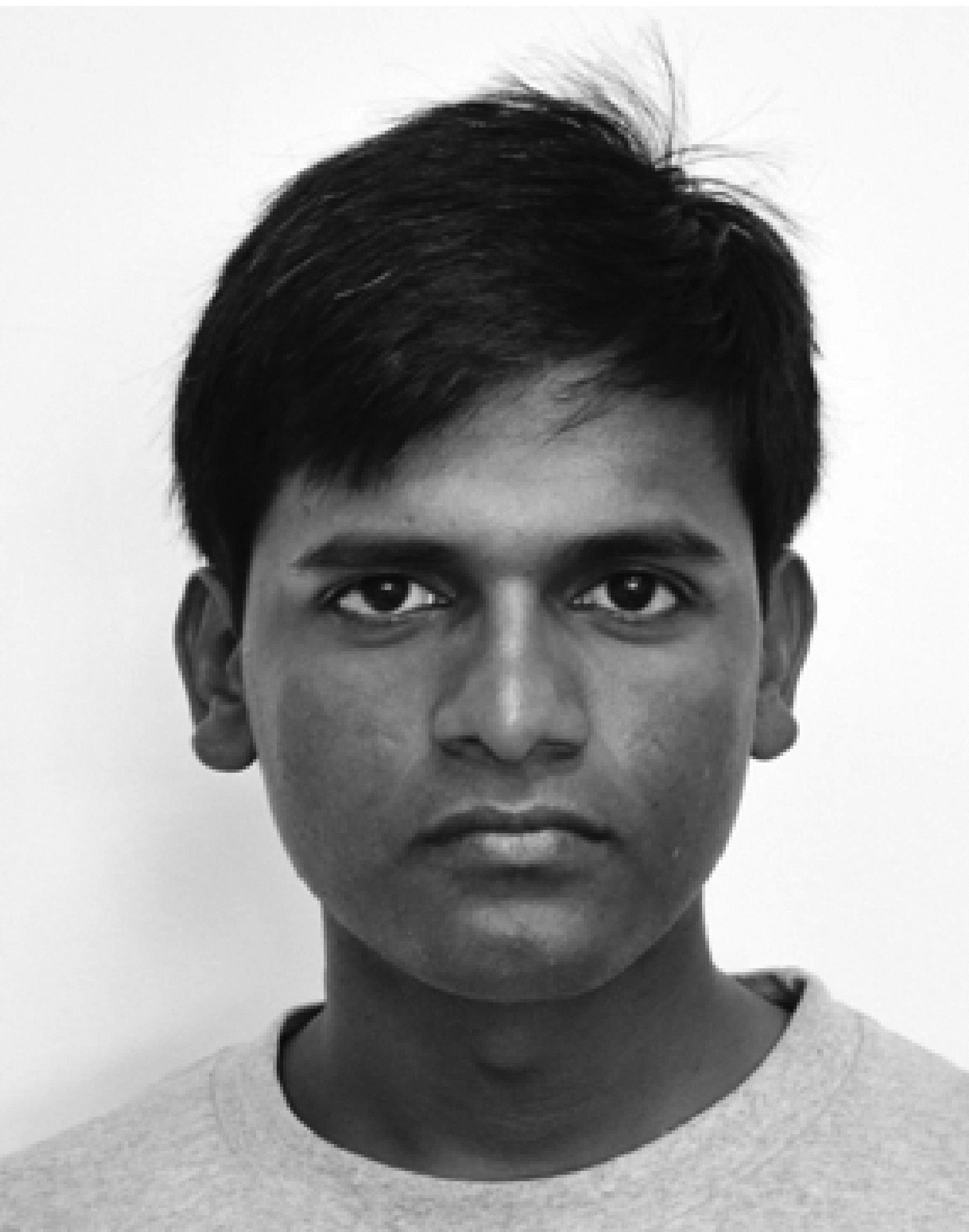
Parimal Parag is an Assistant Professor in the Department of Electrical Communication Engineering at Indian Institute of Science, Bengaluru. Prior to that, he was a senior system engineer (R&D) at ASSIA Inc. in Redwood City from 2011 to 2014. He received a Ph.D. degree from the Texas A&M University in 2011, the M.Tech. and B.Tech. degrees in 2004 from Indian Institute of Technology Madras, all in electrical engineering. His research interests lie in the design and analysis of large scale distributed systems. He was a co-author of the 2018 IEEE ISIT student best paper, and a recipient of the 2017 early career award from the Science and Engineering Research Board.
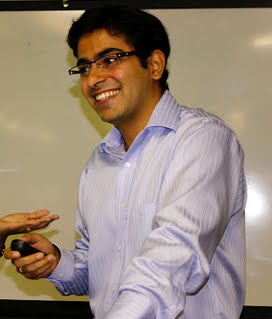
Nikhil Karamchandani is an assistant professor at the Department of Electrical Engineering, IIT Bombay. He received the Ph.D. degree from the Department of Electrical and Computer Engineering, University of California at San Diego, in 2011. From 2011 to 2014, he was a post-doctoral Scholar with the University of California at Los Angeles and the Information Theory and Applications (ITA) Center, University of California at San Diego. His research interests include networks, information theory, and online learning. He received the California Institute for Telecommunications and Information Technology (CalIT2) Fellowship in 2005, the INSPIRE Faculty Fellowship in 2015, and the Best Paper Award at COMSNETS 2017.

K. K. Ramakrishnan is Professor of Computer Science and Engineering at the University of California, Riverside. Previously, he was a Distinguished Member of Technical Staff at AT&T Labs-Research. He joined AT&T Bell Labs in 1994 and was with AT&T Labs-Research since its inception in 1996. Prior to 1994, he was a Technical Director and Consulting Engineer in Networking at Digital Equipment Corporation. Between 2000 and 2002, he was at TeraOptic Networks, Inc., as Founder and Vice President.
Dr. Ramakrishnan is an ACM Fellow, IEEE Fellow and an AT&T Fellow, recognized for his fundamental contributions on communication networks, congestion control, traffic management, VPN services, and a lasting impact on AT&T and the industry. His work on the "DECbit" congestion avoidance protocol received the ACM Sigcomm Test of Time Paper Award in 2006. He has published over 280 papers and has 183 patents issued in his name. K.K. has been on the editorial board of several journals and has served as the TPC Chair and General Chair for several networking conferences and has been a member of the National Research Council Panel on Information Technology for NIST. K. K. received his MTech from the Indian Institute of Science (1978), MS (1981) and Ph.D. (1983) in Computer Science from the University of Maryland, College Park, USA.
Abstract: With rapid increases in the number of users and changing pattern of network usage, the challenge of meeting application latency and scalability requirements remain for the next generation of cellular networks. A significant contributor to latency and overhead is the 3GPP-specified complex control-plane for cellular networks. The use of Network Function Virtualization (NFV) to run network services in software, along with the concept of Software Defined Networks (SDN), is leading to a largely software- based network environment. Rapid advances in NFV, built on top of the Data Plane Development Kit (DPDK) libraries allows us to build high performance software-based networking components. In conjunction with the dynamic management of capacity to support the mobile core network, they serve as an ideal platform to support future cellular networks. However, truly exploiting the opportunities of a software-based environment requires careful thinking about the cellular network protocols as well.
We propose CleanG, a new packet core architecture and a significantly more efficient control-plane protocol, exploiting capabilities of current Network Function Virtualization (NFV) platforms.
With the elastic scalability offered by NFV, the data and control sub-components of the packet core scale, adapting to workload demand. CleanG eliminates the use of GTP tunnels for forwarding data and the associated complex protocol for coordination across multiple, distributed components for setting up and managing them. We have developed CleanG on top of our OpenNetVM NFV platform. In this talk I will describe our work on CleanG, after a high-level overview of our OpenNetVM NFV platform.

Ismail Guvenc (senior member, IEEE) received his Ph.D. degree in electrical engineering from University of South Florida in 2006. He was with Mitsubishi Electric Research Labs during 2005, with DOCOMO Innovations between 2006-2012, and with Florida International University between 2012-2016. Since 2016, he has been an Associate Professor with the Department of Electrical and Computer Engineering at North Carolina State University. His recent research interests include 5G wireless systems, communications and networking with drones, and heterogeneous wireless networks. He has published more than 130 conference/journal papers and book chapters, and several standardization contributions. He co-authored/co-edited three books for Cambridge University Press, served as an editor for IEEE Communications Letters (2010-2015) and IEEE Wireless Communications Letters (2011-present), and as a guest editor for several other journals. Dr. Guvenc is an inventor/coinventor some 30 U.S. patents. He is a recipient of the FIU College of Engineering Faculty Research Award (2016), NSF CAREER Award (2015), Ralph E. Powe Junior Faculty Enhancement Award (2014), and USF Outstanding Dissertation Award (2006).
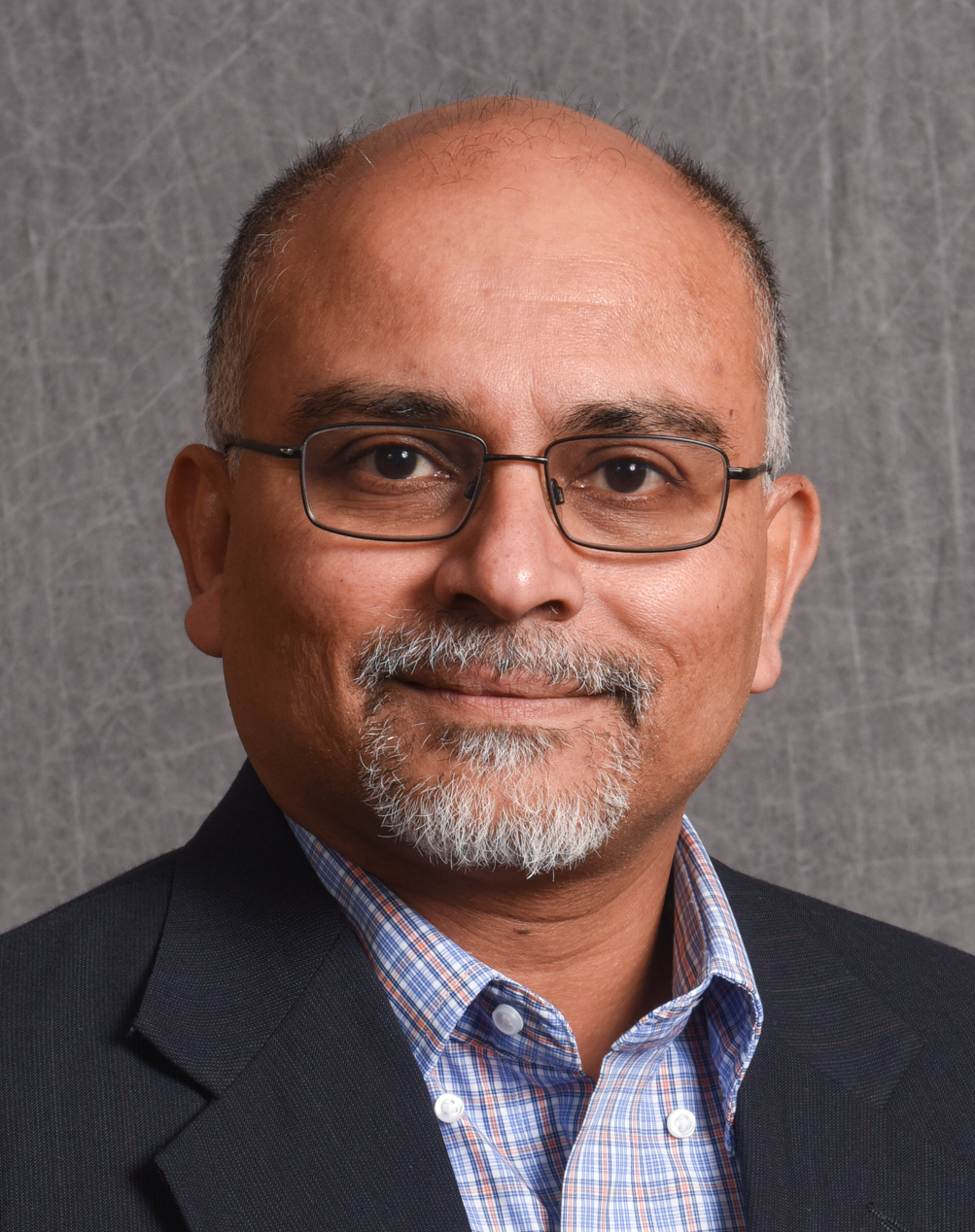
Rudra Dutta received a B.E. in Electrical Engineering from Jadavpur University, Kolkata, India, in 1991, a M.E. in Systems Science and Automation from Indian Institute of Science, Bangalore, India in 1993, and a Ph.D. in Computer Science from North Carolina State University, Raleigh, USA, in 2001. From 1993 to 1997 he worked for IBM as a software developer and programmer in various networking related projects. He has been employed from 2001 - 2007 as Assistant Professor, from 2007 - 2013 as Associate Professor, and since 2013 as Professor, in the department of Computer Science at the North Carolina State University, Raleigh. As of Fall, 2018, he is serving as Associate Department Head on an interim basis. His current research interests focus on design and performance optimization of large networking systems, Internet architecture, wireless networks, and network analytics. He is a senior member of IEEE and a distinguished member (distinguished engineer) of ACM.
His work has been supported by grants from the National Science Foundation, the Army Research Office, the National Security Agency, and industry, most recently including a PAWR grant from NSF (the AERPAW project). He has served as a reviewer for many premium journals, on NSF, DoE, ARO, and NSERC (Canada) review panels, as part of the organizing committee of many premium conferences, most recently as General Co-Chair for the IEEE Sarnoff Symposium in 2019. He previously served on the editorial boards of the Elsevier Journal of Optical Switching and Networking, and the Springer Photonic Communication Networks journal, for several years, and is currently serving as Program Co-Chair of the Optical Networking Symposium at IEEE Globecom 2021.
Abstract: The Aerial Experimentation and Research Platform for Advanced Wireless (AERPAW) facility, in early design and construction at the Centennial Campus of North Carolina State University and adjoining areas in the City of Raleigh and the Town of Cary, is planned to be a wireless testbed embedded in the real world, initially spanning an area of a few square miles that contains urban, suburban, and agricultural landforms. The experimental facilities will consist of a variety of radio resources (including programmable software-defined radios), installed semi-permanently at over 30 locations, and over 20 portable nodes, with the portable nodes being mountable on a variety of vehicles, including ground and aerial robots whose trajectory can be programmatically controlled. We expect that it will enable a rich variety of wireless research experiments with a high degree of realism, many of which would be impossible without such a facility. This talk will briefly describe the architecture and design of AERPAW, with particular reference to the signal processing experiments that we envision AERPAW will be able to house.
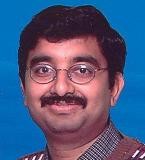
Venkat Padmanabhan is Deputy Managing Director at Microsoft Research India in Bengaluru. He was previously with Microsoft Research Redmond, USA for nearly 9 years. Venkat’s research interests are broadly in networked and mobile systems, and his work over the years has led to highly-cited papers and paper awards, technology transfers within Microsoft, and also industry impact. He received the Shanti Swarup Bhatnagar Prize in 2016, the ACM SIGMOBILE Test-of-Time paper award in 2016 and 2019, and the ACM SenSys Test-of-Time paper award in 2019. He was also among those recognized with the SIGCOMM Networking Systems Award 2020, for contributions to the ns family of network simulators. Venkat holds a B.Tech. from IIT Delhi (from where he received the Distinguished Alumnus award in 2018) and an M.S. and a Ph.D. from UC Berkeley, all in Computer Science, and has been elected a Fellow of the INAE, the IEEE, and the ACM. He is an adjunct professor at the Indian Institute of Science and was previously an affiliate faculty member at the University of Washington. He can be reached online at http://research.microsoft.com/~padmanab/.
Abstract: Network simulation has long been used as a tool for evaluating network algorithms such as congestion control. However, configuring a simulator to faithfully mimic the target network is challenging. We articulate the goal of ”learning the network” to recreate real-world network scenarios, i.e., mimicking the end-to-end behaviour of network paths based on telemetry in the form of input-output packet traces. We then present our proposal, iBox, or Internet in a Box, to learn a model of the network path, helping recreate the end-to-end behaviour of the target network when presented with a new input. We discuss both networking domain knowledge-based and machine learning-based approaches to iBox, pointing out the trade-offs between these, the challenges presented by each, and the opportunity to meld the two. We present preliminary results based on Internet measurements that show the promise of iBox.
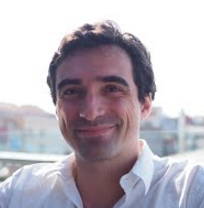
Alexandre Reiffers is an assistant professor at IMT Atlantique (Brest). He was previously a post-doctoral fellow at Robert Bosch Centre for Cyber Physical Systems. He received the B.Sc. degree in mathematics (2010) from the university of Marseille, the master degree in applied mathematics (2012) from the university of Pierre et Marie CURIE and the Ph.D. degree in computer science (January 2016) from the INRIA (National research institute in computer science and control) and the university of Avignon. His supervisors were Eitan Altman and Yezekael Hayel. From July 2016 to December 2017, Alexandre Reiffers was a researcher at SafranTech where he was working on comparison of maintenance strategies. Most of his research projects concern the application of mathematical tools (game theory, optimization, stochastic process and machine learning) for a better understanding of real-world problems. The different issues that he studies touch topics such as networks, economy and manufacturing.
Abstract: The goal of this talk is to derive algorithms that are able to detect unreliable/drifted sensors, in a sensor network. To recover the state of each sensor, we restrict ourselves to a particular decoder, inspired by graph partitioning problems. We provide necessary and sufficient conditions over the measurements such that the decoder perfectly recovers each sensor binary state. The outputs of the decoder can be computed using a dynamic programming approach. One challenging part of this approach is the complexity of the dynamic programming equation. Indeed, the resolution time will increase exponentially with the number of sensors. Therefore, we propose an efficient heuristic method that approximately solves the problem. We study the performance of our algorithm using simulations.
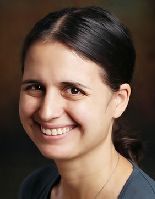
Christina Fragouli is a Professor in the Electrical and Computer Engineering Department at UCLA. She received the B.S. degree in Electrical Engineering from the National Technical University of Athens, Athens, Greece, and the M.Sc. and Ph.D. degrees in Electrical Engineering from the University of California, Los Angeles. She has worked at the Information Sciences Center, AT\&T Labs, Florham Park New Jersey, and the National University of Athens. She also visited Bell Laboratories, Murray Hill, NJ, and DIMACS, Rutgers University. Between 2006--2015 she was an Assistant and Associate Professor in the School of Computer and Communication Sciences, EPFL, Switzerland. She is an IEEE fellow, has served as an Information Theory Society Distinguished Lecturer, and as an Associate Editor for IEEE Communications Letters, for Elsevier Journal on Computer Communication, for IEEE Transactions on Communications, for IEEE Transactions on Information Theory, and for IEEE Transactions on Mobile Communications. She has also served in several IEEE committees, including the Cover Dissertation Award Committee (chair), the IT Magazine Steering Committee (chair), the IEEE Hamming Medal Committee, the IEEE Kobayashi Award Committee, the IEEE Teaching Award committee and the IT Fellows Committee. Her research interests are in network coding, algorithms for networking, network security and privacy.
Abstract: Millimeter wave (mmWave) communication is expected to play an integral role in the Fifth Generation (5G) cellular technology, and to be used in a range of services, such as ultra-high resolution video streaming, vehicle-to-vehicle communication and intelligent buildings broadband coverage. However, although a wide spectrum of promising applications has emerged fast, the focus of theoretical work has been mostly limited to single-hop systems. In this talk, we contribute to the fundamental understanding of networks of mmWave nodes. We recently introduced Gaussian 1-2-1 networks, a model that abstracts the directivity of mmWave beamforming. Using this model, we study the Shannon capacity, as well as efficient scheduling algorithms, for arbitrary network topologies that consist of Full-Duplex (FD) and Half-Duplex (HD) mmWave nodes.
This is joint work with Y. Ezzeldin, M. Cardone, and G. Caire.